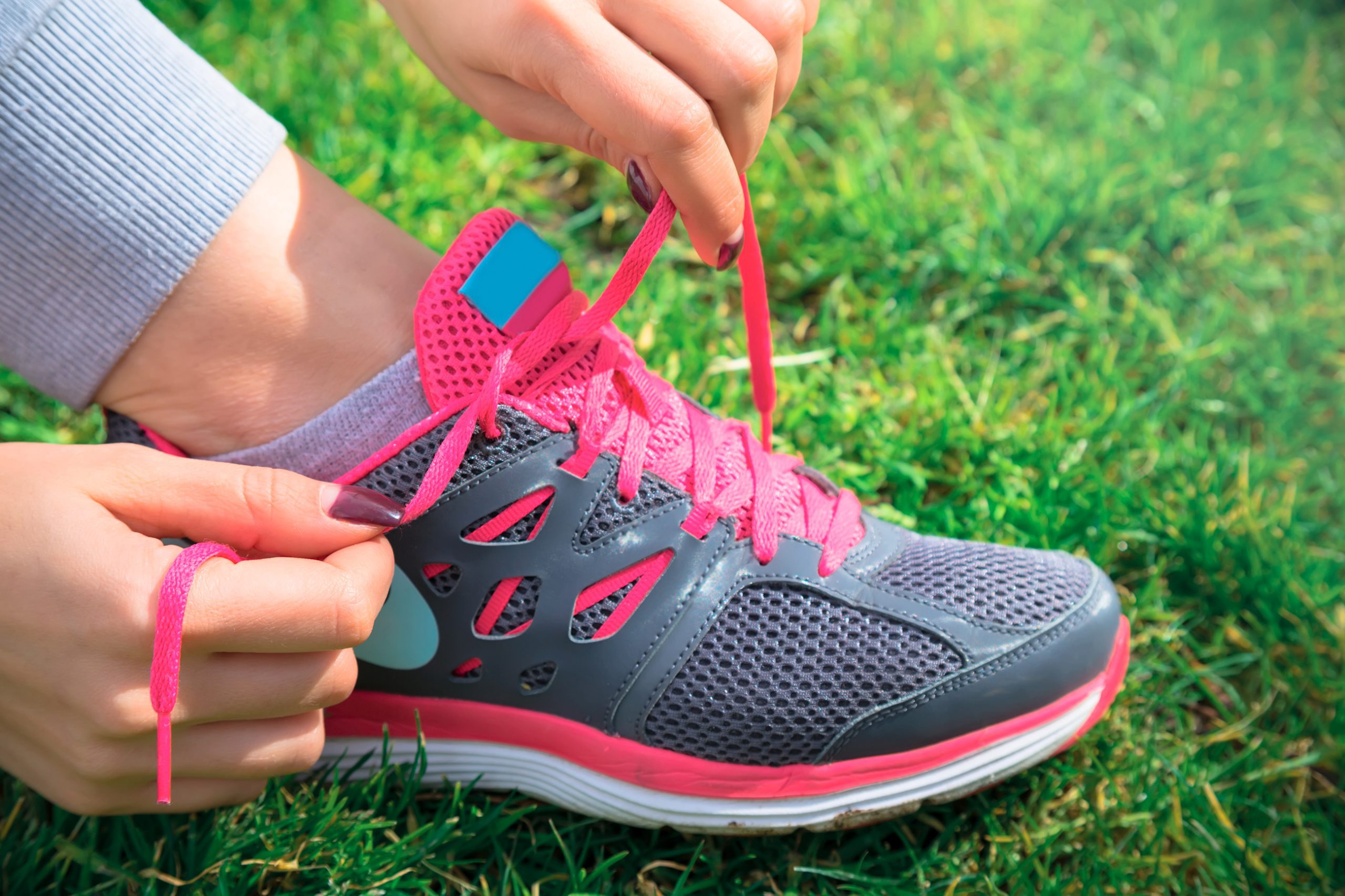Last Updated on November 7, 2022 by admin
There’s an old saying that goes, “only two things are certain in life – death and taxes.” We tend to think there’s a third certainty that you can add to that statement. It goes something like this: “The gyms will be packed with a flood of newcomers come the month of January every year.” Year after year, that statement proves true.
In an effort to help any readers who may find themselves taking their first steps into the world of fitness and self-improvement, we’ve put together this quick guide to help you figure out the best type of footwear you should be wearing as you start out on your journey.
Are a simple pair of running shoes enough? What exactly are cross training shoes anyway? And what are the differences between the two types of shoes?
Read on to have all of your shoe-related fitness questions answered.
Cross Training Shoes
The main difference that cross training shoes have when compared to running shoes is the fact they’re built for multi-directional movement. They allow a greater degree of flexibility when it comes to your movement directions, especially lateral (side to side) movement. The soles of cross training shoes are also flatter, which increases the flexibility they provide even further.
If you’re planning on spending the majority of your time in the gym to achieve your fitness goals, odds are that you’ll be best off purchasing a pair of cross training shoes instead of running shoes.
They’re especially good for activities like kickboxing, aerobics, and resistance training – basically any kind of training that requires you to move in different directions, stop suddenly, jump, or perform similar movements.
Cross training shoes can also be used for running short distances – try to keep the distance to 5 KM or less though. Anything over that and you would be better off to go with running shoes.
Running Shoes
Most pairs of running shoes feature a slightly different design than cross training shoes. They’re built specifically for heel-to-toe movement – exactly the kind of movement that your feet go through when jogging or running. They’re designed to have added support and cushioning for this very reason. It provides an extra level of shock absorption that helps to protect your joints while your feet are pounding the ground.
If you’re planning on skipping the resistance training and focusing mostly on jogging and/or running in your efforts to get in shape (especially if you’ll be running for distances longer than 5 KM), then running shoes become the superior option.
Choosing the Right Shoe For You
It’s important to understand the key differences between cross training shoes and running shoes for several different reasons.
The first reason is that they’re each obviously designed for very different purposes as we covered above. If you want to get the most out of your training efforts, it only makes sense to use the right tools for the job.
Secondly, and perhaps more importantly, using the wrong type of training shoes can actually present quite a few risks for your health and safety.
Using the wrong type of shoes is a good way to get blisters or sores on your feet from your training sessions. It could also decrease your overall training performance, preventing you from maximizing your workouts. And finally, your risk of injury goes up significantly if you’re using the wrong type of training gear. Stress fractures, sprained ankles, and joint discomfort are just some of the injuries that you could be at risk of.
With all of this in mind, the first thing that you’ll need to do is get crystal clear about what kind of training program you plan on sticking with. If you’ll mostly be running and/or jogging, you should obviously go with running shoes.
On the other hand, if you plan on doing a mixture of resistance and aerobic training (or if you plan on taking up any other activities like kickboxing or something similar), you should probably stick with cross training shoes.
We personally love using cross training shoes because of the greater degree of flexibility that they afford. Even when it comes to weight loss, resistance training combined with intermittent bouts of cardio exercise work better for burning body fat than pure aerobic exercise like long-distance running. If you’re looking to maximize your results, then cross training shoes are the ideal choice for this type of split training.
That doesn’t mean we’re totally against running shoes however. There are plenty of perfectly good reasons why someone might solely be interested in aerobic training. For example, individuals who are training for a marathon would be better served going with running shoes instead of cross training shoes.
In the end, the right type of shoe for you will be the type that matches up with your training goals. Once you’ve figured that out, feel free to spend some time browsing around the site – we’ve got plenty of in depth reviews to help you find the exact pair of shoes that could be perfect for you.
Conclusion
For complete beginners, figuring out the differences between different types of training shoes can indeed be pretty confusing. Once you understand the key differences though, it’s actually quite easy to figure out what type of shoe is right for you.
To once again summarize the differences in the simplest way possible:
- Running shoes are the ideal choice for someone who will only be jogging and/or running
- Cross training shoes are the ideal choice for someone who will be performing a wide variety of fitness activities, such as kickboxing, resistance training, and even for running short distances.
When shopping for a new pair of shoes to help you with your fitness goals, just remember to keep the above points in mind and you’ll be just fine.

